Ruiming Chen
Transformer as Linear Expansion of Learngene
Dec 20, 2023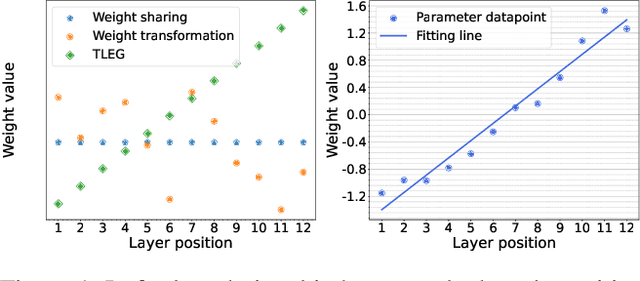
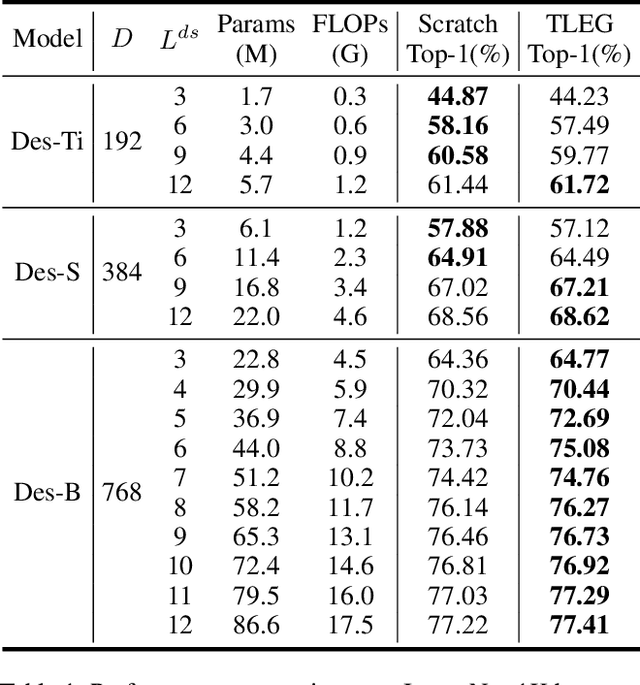
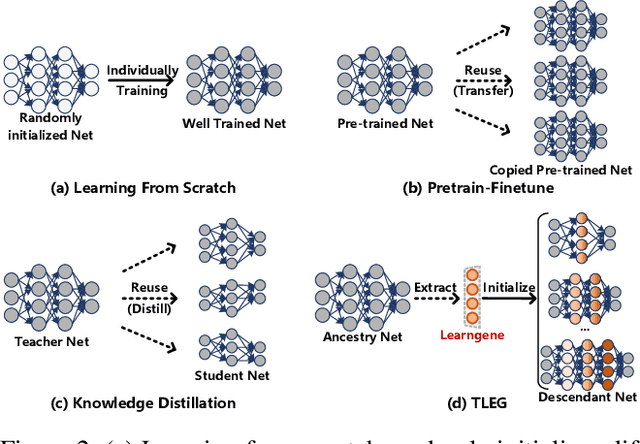
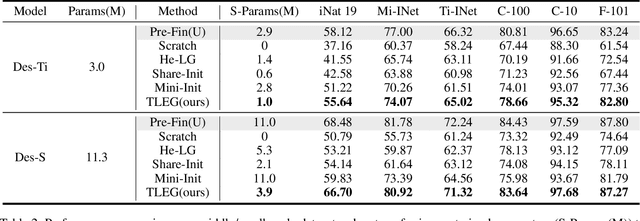
Abstract:We propose expanding the shared Transformer module to produce and initialize Transformers of varying depths, enabling adaptation to diverse resource constraints. Drawing an analogy to genetic expansibility, we term such module as learngene. To identify the expansion mechanism, we delve into the relationship between the layer's position and its corresponding weight value, and find that linear function appropriately approximates this relationship. Building on this insight, we present Transformer as Linear Expansion of learnGene (TLEG), a novel approach for flexibly producing and initializing Transformers of diverse depths. Specifically, to learn learngene, we firstly construct an auxiliary Transformer linearly expanded from learngene, after which we train it through employing soft distillation. Subsequently, we can produce and initialize Transformers of varying depths via linearly expanding the well-trained learngene, thereby supporting diverse downstream scenarios. Extensive experiments on ImageNet-1K demonstrate that TLEG achieves comparable or better performance in contrast to many individual models trained from scratch, while reducing around 2x training cost. When transferring to several downstream classification datasets, TLEG surpasses existing initialization methods by a large margin (e.g., +6.87% on iNat 2019 and +7.66% on CIFAR-100). Under the situation where we need to produce models of varying depths adapting for different resource constraints, TLEG achieves comparable results while reducing around 19x parameters stored to initialize these models and around 5x pre-training costs, in contrast to the pre-training and fine-tuning approach. When transferring a fixed set of parameters to initialize different models, TLEG presents better flexibility and competitive performance while reducing around 2.9x parameters stored to initialize, compared to the pre-training approach.
Machine Learning Methods for Track Classification in the AT-TPC
Oct 21, 2018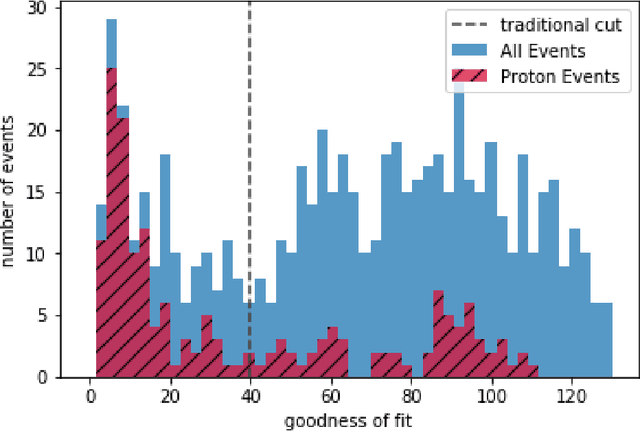

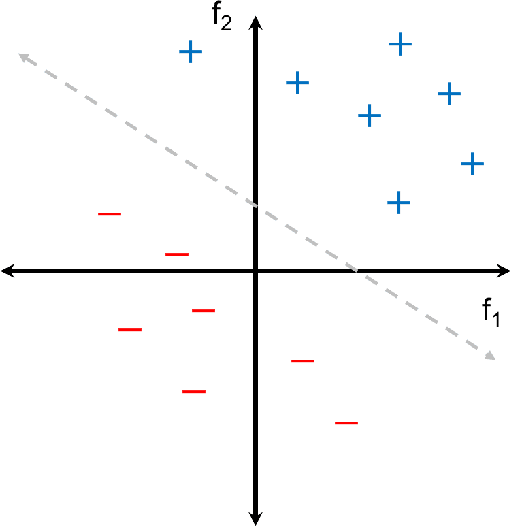

Abstract:We evaluate machine learning methods for event classification in the Active-Target Time Projection Chamber detector at the National Superconducting Cyclotron Laboratory (NSCL) at Michigan State University. An automated method to single out the desired reaction product would result in more accurate physics results as well as a faster analysis process. Binary and multi-class classification methods were tested on data produced by the $^{46}$Ar(p,p) experiment run at the NSCL in September 2015. We found a Convolutional Neural Network to be the most successful classifier of proton scattering events for transfer learning. Results from this investigation and recommendations for event classification in future experiments are presented.
 Add to Chrome
Add to Chrome Add to Firefox
Add to Firefox Add to Edge
Add to Edge